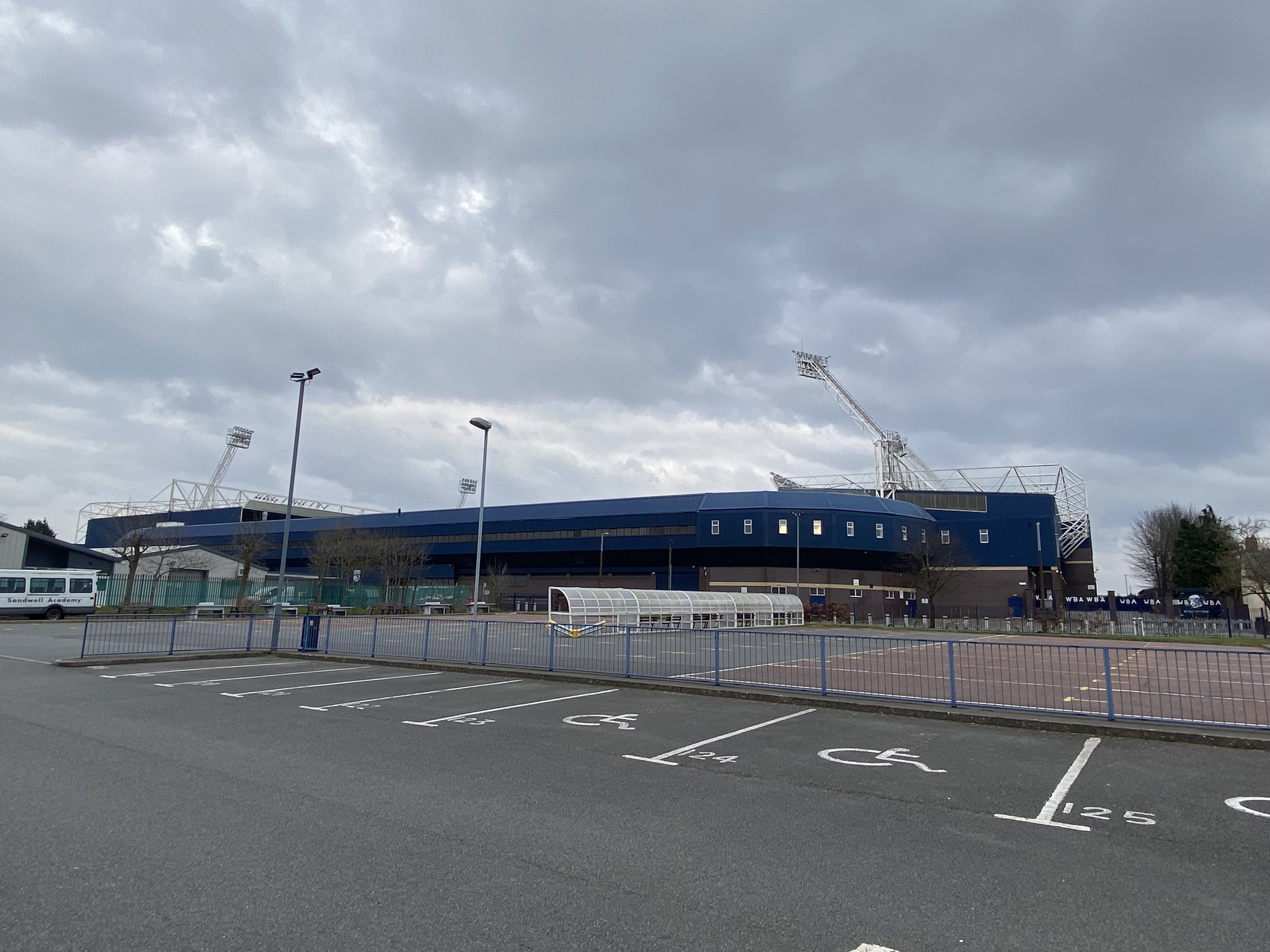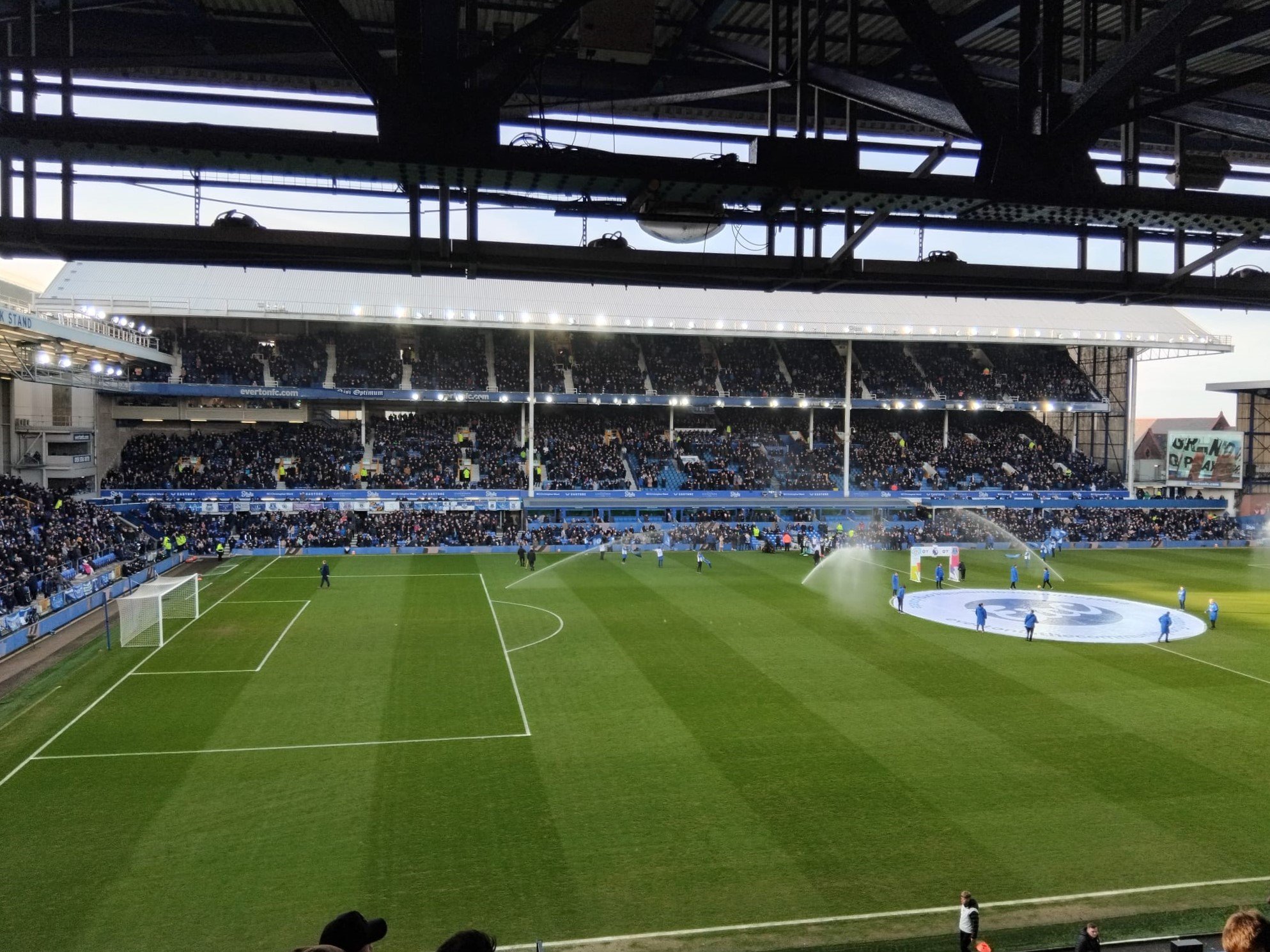Leicester City need to play like a top-half team - so which one should it be?
To stay in the Premier League, to achieve even the staggeringly underwhelming goal set by Brendan Rodgers so long ago, to salvage something from this train wreck of a season, Leicester City are probably going to need to beat a top half team in the next couple of weeks.
Attempt one of three, before what threatens to be a terrifying final day, arrives with a trip to Fulham, a team that have defied expectations to sit in that distant top half.
Twice this season, Leicester have beaten top half teams - so it is possible. But those back-to-back victories against Aston Villa and Tottenham in February were the definition of a false dawn and since then we’ve repeatedly been back and forth to the drawing board for answers.
We’ve found some in that time, replacing the manager and the goalkeeper; rediscovering the international centre-back and legendary goalscorer in our midst. But to beat at least one of Fulham, Liverpool or Newcastle, we’re going to need more.
To beat a top half team, you need to play like one. While they’re competent in almost everything they do, top half teams tend, as the Americans say, to major in something. We can’t expect to magically transform into a Champions League-chasing side, and we wouldn’t want to magically transform into Tottenham.
So what about the three teams sandwiched between the top six and our next opponents? Which one can we learn most from?
Brighton?
Picture a Brighton and Hove Albion game and you probably see in your mind’s eye one of three things: Lewis Dunk with the ball at his feet on the halfway line looking for options (something we saw a lot in January); Kaoru Mitoma wriggling his way into the box; someone shooting wildly over the bar after a mesmerising ten-man move.
Or maybe you see something a little more abstract: just the energy of it all, several players buzzing around in the opposition half, either forcing a mistake when they haven’t got the ball or making something happen when they do.
Brighton’s luxurious ability to change four of their front six and then see them win 6-0 is enviable. That’s the kind of result you’re only able to achieve with a proper identity. The players are interchangeable; the thread remains.
One of the most important factors being that they’ve invested in the likes of South American teenagers Julio Enciso and Facundo Buonanotte. Obviously it’s too late for that now here - we can’t un-Vestergaard what’s been Vestergaarded or de-Bertrand our previous recruitment policy.
While Brighton smashed their transfer record this week on another promising young South American, we’re left sifting through the shards of what we have and seeing what we can superglue together.
The Brighton approach would be the riskiest one to try to major in almost overnight. The only reason it’s even included here is that it often feels like it’s what we’re tentatively nudging towards. When Caglar Soyuncu held the ball at the back and invited Everton pressure before attempting to play out, there were Dunk-esque shades to it.
But then we’d picked Luke Thomas and Wilfred Ndidi, while our best technical players were marooned forty yards upfield forlornly waiting for the ball to reach them. So maybe we’d better off going more Dunkirk than Dunk-esque.
Aston Villa?
In the past week, Villa have finally run out of steam - following up a defeat at Old Trafford by losing to Wolves, something even Leicester haven’t done this season, and we’ll take the few digs we can - but they had a hell of a go before that. We’re going to go into more depth on Unai Emery’s Villa blueprint in the coming days or weeks.
Given we heard so much about the Smith, Shakespeare and Terry effect on Villa, it’s fitting we should be looking at how they do things now as well as then.
There are a few interchangeable players here: Ollie Watkins has got a bit of the Vardy about him; Emiliano Buendia is a bit of a Maddison. In fact, rewind even a few months and those comparisons would have felt hugely unfavourable to our players.
Emery’s got a song out of them but it’s what he’s done with the back line that’s more interesting. They may have shipped four to us and followed that up by conceding another seven across subsequent games against the top two. But then it all changed.
They scored the first goal in their next eight games, won seven of them and kept six clean sheets. You don’t need me to do this to you but in the same period of time, we conceded the first goal in nine of our ten games, won one of them and kept, yes, zero clean sheets. It’s quite the contrast.
Looking at Villa’s team, I don’t think there’s a particularly magic formula other than some good, old-fashioned defensive organisation and hard work. But, as mentioned, we’ll be going into that in more depth in the coming days with the help of someone more tactically minded than me. I see a manager with a plan and eleven players who know their roles as something to aspire to. Not to mention the tantalising dream of a clean sheet.
Brentford?
And then there’s the nuclear option. Which, like a red button we’re telling ourselves isn’t right there under the desk, we do kind of have available. Nobody goes full Brentford and gets away with it, do they?
This sounds unfair, because Brentford are far more than just a physical team. They’ve got some really accomplished ball players and they don’t just lump it up to the big man. They’re more than Pulis-era Stoke or pre-Winkelman Wimbledon.
However, there’s no getting away from the fact they are a physical team. They’re packed with combative players who just look nasty to play against. At the heart of it all there’s Mathias Jensen, and he’s your Maddison or Tielemans. Toney and Mbeumo clearly possess more than just physical attributes.
But everywhere else on the pitch, you pick the biggest bloke you can find. Here I’m mainly thinking of the fact we didn’t play Harry Souttar and Victor Kristiansen against the crushing predictability of a Sean Dyche team with a towering target man. And imagine how good we’d be from set pieces if, on arrival in west London tomorrow, we miraculously turned into Brentford.
This is all very tongue-in-cheek - the idea of an attacking set piece not being primarily a chance for the opposition to counter attack being the main indicator there - but it’s veiled admiration for Thomas Frank’s side.
And perhaps a lingering frustration that someone like Ben Mee was available on a free transfer in the summer and we were too busy pretending everything was fine and preparing to pick Daniel Amartey for most of the season.
But mainly the admiration thing. Yesterday Brentford went to Anfield and, while they may have lost, they posed a threat and probably should have escaped with a point. We’ve got our own game against Liverpool coming up and we’re going to need to show a similar fearlessness and physicality - something with which we used to be so strongly associated.
So… Leicester?!
I’m always looking for answers when Leicester aren’t alright. Looking at other teams and thinking: how do they do that? I’ve probably written all of this word-for-word before. Talked about needing to be more physical or more energetic or just more careful. It’s desperation for the whole mentality around the club to improve - or go back to what we know it can be.
There have been questions this week over whether Sam Allardyce has been given long enough to change the Leeds mentality. He was given four games. Smith and co were given eight. It’s a monumental ask for both management teams, and you can say it doesn’t matter as long as either team picks up the points from somewhere.
However, on the evidence of our two chaotic games against Leeds and Everton - teams everyone else has been flattening - there is a need to quickly discover what we want to do and who we want to be, because that one didn’t look like the sort of team that stays up.
You weren’t expecting Leicester to appear as an option here, were you? But we have to include ourselves to placate everyone out there clinging onto the notion that we are better than all this and we shouldn’t be reduced to replicating the approach of teams we were miles ahead of a year ago, or a couple of years ago, or in 2016.
I don’t think we are better than all this, sadly. I think if I’ve learned anything over the past nine months or so, it’s that this Leicester team can’t be trusted and to prepare for the worst.
In the spirit of conciliation though, I’m willing to pretend we can - and this is a phrase we’ve used a lot this season - make Leicester great again. Specifically, using the Leicester way rather than majoring in technicality or physicality.
Because the Leicester way, when at its zenith over the past decade, has been a bit of everything. And you could argue the ingredients are still there and just need to be blended in the right way.
That’s why there are people who think we can take a team that gave up 23 shots to Everton, adjust the measurements slightly and roll it back to when everything was gravy.
It’s also because there are glimpses every now and then that demonstrate why it’s so utterly frustrating we’re even in this mess. They were fleeting against Everton but there was one short period in particular during the second half when Youri Tielemans kept getting on the ball in midfield with a bit of space in front of him, and he’d advance a few yards and arrow a ball into James Maddison’s feet and Maddison would swivel and the crowd would be up and the opposition would be turned and this might be the longest sentence of all time and this might feel like the longest season of all time but we looked like the Leicester we all want us to be.
It may be too late to be anyone else but please let’s be that Leicester again, just for a little while.




